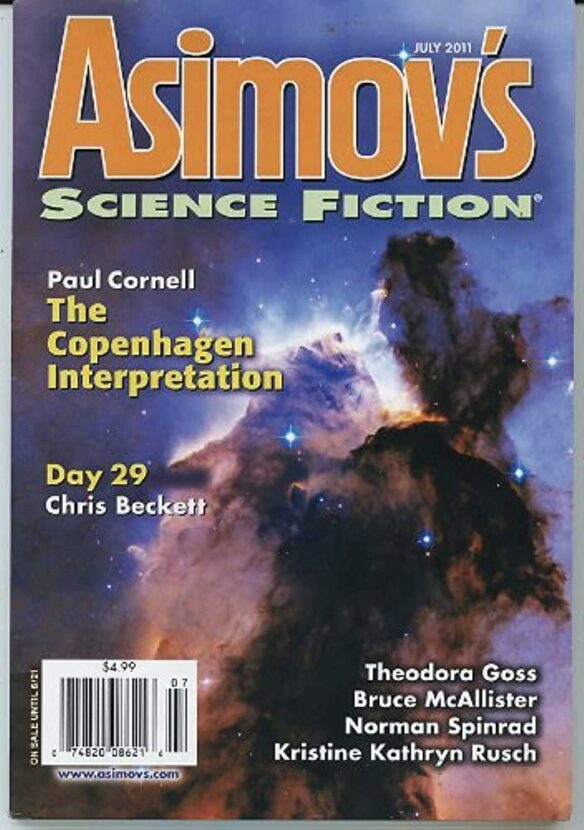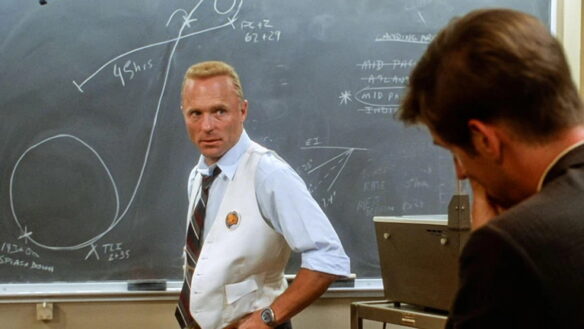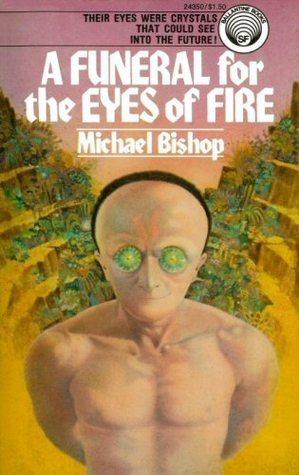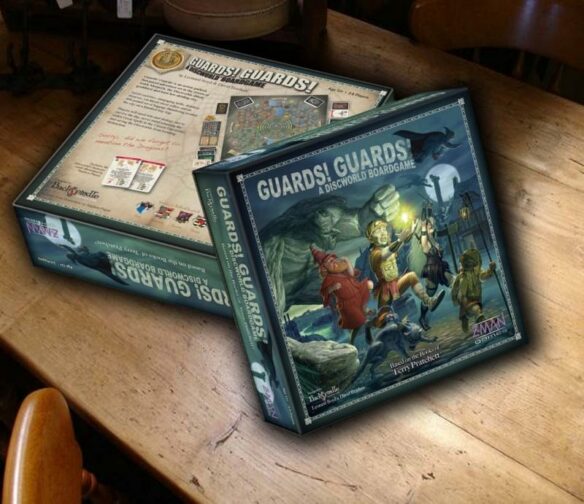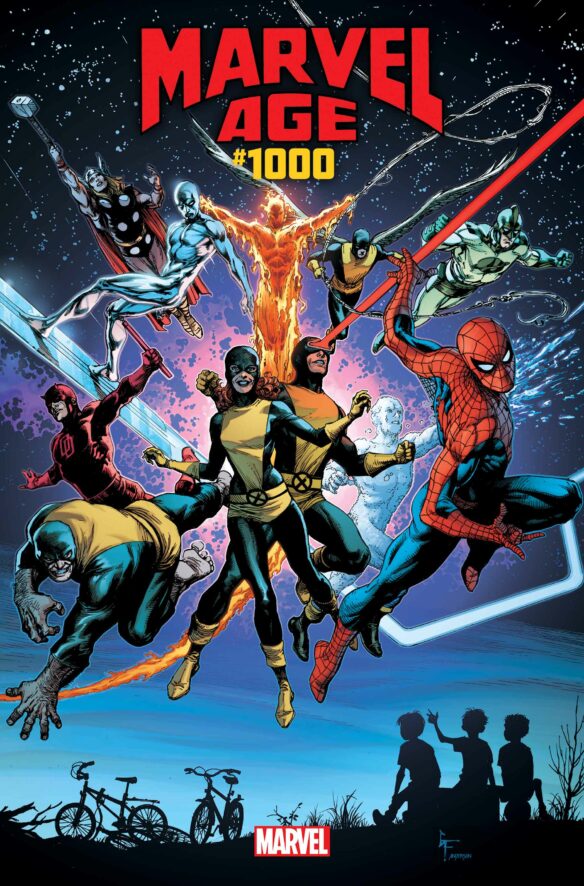(1) GEEZERS TERRIBLES. Rob Latham reviews Harlan Ellison’s The Last Dangerous Visions and the 60th anniversary issue of Michael Moorcock’s New Worlds magazine in “Back to the New Wave Future” at Los Angeles Review of Books. Latham lavishes praise on New Worlds, while saying all the negative things about LDV that Christopher Priest wishes he’d lived long enough to say himself.
…It gradually became clear to me that there were in fact two independent, if occasionally overlapping, New Waves: one British, centered on the magazine New Worlds under the editorship of Michael Moorcock (1964–74), and the other American, which, though more decentralized, found its most voluble expression in a pair of hefty all-original anthologies edited by Harlan Ellison: Dangerous Visions (1967) and Again, Dangerous Visions (1972). And now, over half a century later, we have a serendipitous opportunity to reassess these two traditions in publications that appeared within mere days of one another: a fresh issue of New Worlds celebrating the 60th anniversary of Moorcock’s accession to the journal’s editorship, and the long-delayed publication of the third volume in Ellison’s anthology series, The Last Dangerous Visions. It’s a case of back to the future with a vengeance, as these erstwhile enfants terribles have morphed into vehicles of nostalgic reverie.
That description is not entirely fair to either publication, both of which seek to recapture at least some of the febrile energy of bygone apocalypses. The key difference is that Moorcock’s New Worlds does not merely embrace but also critiques the perils of a melancholy wistfulness, while Last Dangerous Visions, in its blatant earnestness, trips and falls into a pit of banality. As a result, the former emerges as a provocative reinvention of a legendary past while the latter seems an exhausted last gasp across a belated finish line….
(2) INFO NOISE POLLUTION. [Item by Steven French.] Neal Stephenson imagined a future in which the internet becomes so polluted that only the rich could afford to access the truth but could we end up with the Borges’ alternative in which the web deteriorates into mostly meaningless gibberish? “An 83-year-old short story by Borges portends a bleak future for the internet” says TechXplore.
… A July 2024 paper published in Nature explored the consequences of training AI models on recursively generated data. It showed that “irreversible defects” can lead to “model collapse” for systems trained in this way—much like an image’s copy and a copy of that copy, and a copy of that copy, will lose fidelity to the original image.
How bad might this get?
Consider Borges’ 1941 short story “The Library of Babel.” Fifty years before computer scientist Tim Berners-Lee created the architecture for the web, Borges had already imagined an analog equivalent.
In his 3,000-word story, the writer imagines a world consisting of an enormous and possibly infinite number of hexagonal rooms. The bookshelves in each room hold uniform volumes that must, its inhabitants intuit, contain every possible permutation of letters in their alphabet.
Initially, this realization sparks joy: By definition, there must exist books that detail the future of humanity and the meaning of life.
The inhabitants search for such books, only to discover that the vast majority contain nothing but meaningless combinations of letters. The truth is out there—but so is every conceivable falsehood. And all of it is embedded in an inconceivably vast amount of gibberish.
Even after centuries of searching, only a few meaningful fragments are found. And even then, there is no way to determine whether these coherent texts are truths or lies. Hope turns into despair.
Will the web become so polluted that only the wealthy can afford accurate and reliable information? Or will an infinite number of chatbots produce so much tainted verbiage that finding accurate information online becomes like searching for a needle in a haystack?
The internet is often described as one of humanity’s great achievements. But like any other resource, it’s important to give serious thought to how it is maintained and managed—lest we end up confronting the dystopian vision imagined by Borges….
(3) UNLUCKY NUMBER 14. BookRiot reports “Utah Bans 14th Book From Schools Statewide”. Many of the banned books are sff.
Utah passed one of the most restrictive book ban laws in the previous legislative session and now, we’re seeing the ongoing results of that new law. House Bill 29 allows parents to challenge books they deem “sensitive material” while also outright banning books from public schools if those books have been deemed “objective sensitive material” or “pornographic” per state code in at least three school districts or two school districts and five charter schools statewide. This law means that once a book has been banned in three public school districts or two districts and five charter schools, it is added to a statewide list of books banned from every one of those public institutions throughout Utah.
The law, which went into effect July 1, applied retroactively, meaning that every school needed to submit to the Utah State Board of Education the titles that had been deemed against the law in their district. Now, any time a public or charter school removes a book deemed “sensitive material,” they must notify the State Board of Education. If that book now meets the threshold of removals, all schools will be notified and expected to dispose of it.
Utah released its initial list of books banned statewide in August. Those thirteen titles included:
- Blankets by Craig Thompson (2003)
- A Court of Frost and Starlight by Sarah J. Maas (2018)
- A Court of Mist and Fury by Sarah J. Maas (2016)
- A Court of Silver Flames by Sarah J. Maas (2021)
- A Court of Thorns and Roses by Sarah J. Maas (2015)
- A Court of Wings and Ruin by Sarah J. Maas (2017)
- Empire of Storms by Sarah J. Maas (2016)
- Fallout by Ellen Hopkins (2010)
- Forever by Judy Blume (1975)
- Milk and Honey by Rupi Kaur (2014)
- Oryx & Crake by Margaret Atwood (2003)
- Tilt by Ellen Hopkins (2012)
- What Girls Are Made Of by Elana K. Arnold (2017)
Now, the state has added a 14th title to the list.
Elizabeth Scott’s Living Dead Girl, an award-winning book published for teens in 2008. The 16 year old book will need to be pulled from every public school and charter district throughout the state….
(4) GHOSTS WHO CASH BIG CHECKS. Publishers Weekly reports “Ghostwriter Survey Finds Manuscripts Fetch High Fees”. (The complete report is at Gotham Ghostwriters: “Comp survey how much does it cost”.)
The American Society of Journalists and Authors and Gotham Ghostwriters have released the findings from their joint compensation survey of ghostwriters. According to the survey of 269 working ghostwriters and collaborators, one-third of respondents reported that they earn over $100,000 in annual income from ghostwriting books. The report did not specify the salary breakdown for the other two-thirds of respondents. Other findings include:
- 25% of ghostwriters charged at least $100,000 for their last nonfiction manuscript
- 8% of ghostwriters charged more than $150,000 for their last nonfiction manuscript
- 50% of ghostwriters charged $10,000 to $20,000 for their last nonfiction proposal
- 11% of ghostwriters charged more than $20,000 for their last nonfiction proposal
- 2% of ghostwriters have written 10 or more New York Times bestsellers and charge upwards of $150,000 for a nonfiction manuscript, with 1% indicating that they charge over $300,000
“Contrary to widespread assumption that AI is putting writers out of work, we are seeing the opposite,” said Gotham Ghostwriters CEO Dan Gerstein in a statement….
(5) TODAY’S BIRTHDAY.
[Written by Paul Weimer.]
Born November 24, 1948 — Spider Robinson, 76.
By Paul Weimer: My older brother is responsible for me first reading Spider Robinson, as I borrowed one of the Callahan Saloon books from him. I found the wordplay, light humor and interesting characters engaging, and read a bunch of that series. I never told my mother but when I came across his allied series about a brothel, I bought it, but never told her of the salacious setting. Even then, thanks to that book, I could see the influence Robert Heinlein had had on Spider Robinson, and so when I read “RAH RAH RAH”, I was not surprised that it was Spider Robinson writing an appreciation…and an outright defense, of Heinlein and his work.
I am not sure it’s that good a defense of his work (Farah Mendelsohn’s recent book on Heinlein is far better on balance) but it is enthusiastic, engaging and well written. It may suffer from being “too” close to its subject for any real objectivity.
The Robinson work that stays with me, though, is not any of the Callahan stories, or Variable Star (a book based on a Heinlein outline), or his Stardance books. No, in the mid 80’s I picked up his very strange one-off novel called Night of Power. It was set in the far future of 1996, a New York and a United States still in a cold war, and a NYC plagued by crime, gangs, and a mysterious figure with a Plan. It might have been the first contemporary interracial couple I’d read at that point in science fiction, fantasy or mimetic prose. The actual science fiction content is rather light, there are some advances in technology and some speculation of what the late 1990’s would be like that are rather wild, in retrospect. But the fact that this novel is about an ultimately successful revolution and secession really knocked me on my arse. Sure, I had read about revolutions and revolts as history, and in fantasy worlds and in far future SF settings, but this was New York a little more than a decade from now. It was shocking and surprising, but ultimately quite memorable. It also, as I recall, had an awful amount (for the time) of sex in the book, but (like the Callahan’s Lady books) was very sex positive as well.

(6) COMICS SECTION.
- Birdbrains tests a military innovation.
- Frazz turns a profit from science.
- Off the Mark suggests Looney Tunes characters are unsuccessful cannibals.
- Reality Check takes us to the Star Wars family Thanksgiving feast.
- Bizarro depicts the fall of a soundalike house.
- Tom Gauld’s author is ready for her close-up.
(7) THE SKIES OF OZ. In episode 12 of the AirSpace podcast, “Defying Gravity”, the National Air and Space Museum explores the varieties of flight shown in The Wizard of Oz movie.
Houses, broomsticks, people-sized bubbles, monkeys — there’s a surprising amount of flight in The Wizard of Oz. In addition to these more unusual flying objects, there’s even a hot air balloon, which is what brings the Wizard to Oz and nearly takes Dorothy home.
In a recent episode of our AirSpace podcast, we talk to National Museum of American History curator Ryan Lintelman, an expert in The Wizard of Oz, about some of the movie’s aviation connections: “Flight is really a central theme in the film from this early desire of [Dorothy’s] to fly away from home. Professor Marvel, when she first meets him, says ‘You want to see other lands, big cities, big mountains, big oceans,’ and flight is the way for her to get away.”In the episode, Lintelman and AirSpace hosts Matt Shindell and Emily Martin also discuss depections of flight in the film — how it was captured on camera and what messages it was meant to send: “The thing that really struck me upon re-watching the film recently is when you see the squadrons of [monkeys] in the sky flying over,” Lintelman reflected. “I mean, it really gives you this ominous feeling like World War II is on the horizon, here come the bombers flying in. And I think that wouldn’t have been lost on audiences in 1939, you know, seeing some of the images coming out of Europe at that time and, and worrying about what was coming next.”
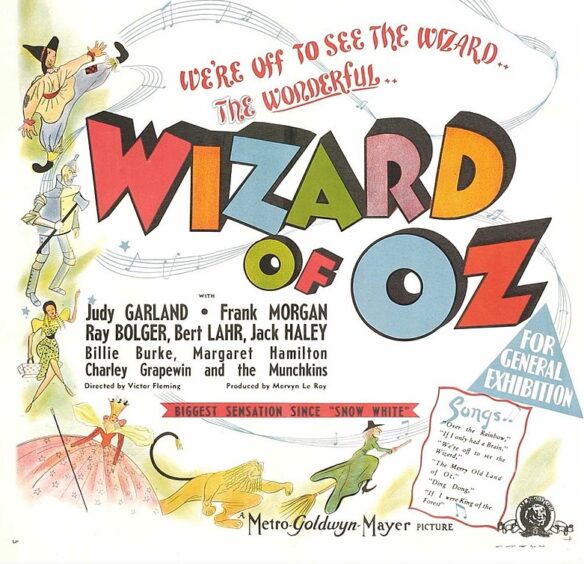
(8) FOR YOUR KRYPTONIAN KITCHEN. There’s a line of “Superman™ Knives & Culinary Tools” offered by Dalstrong. “Forget capes. Real heroes wear aprons,” they say.

(9) COMING IN FOR A LANDING. [Item by Steven French.] We so often see photos of the start of the journey but so rarely see any of the end! “The big picture: earthbound reality at the International Space Station landing site in Kazakhstan” in the Guardian.
The photographer Andrew McConnell first went to Kazakhstan in 2015, to witness what the Earth’s primary space portal looked like on the ground. A particular corner of the remote steppe-land, near a village called Kenjebai-Samai, was where, every three months, astronauts and cosmonauts on the International Space Station fell to earth, having been launched from the Baikonur Cosmodrome 400 miles to the south. McConnell had spent much of the previous years working in war zones and was keen to focus on something more life-affirming.
He discovered a curious landscape that was both on the frontier of human exploration and unchanged for centuries. Over a dozen visits in the subsequent years, McConnell became used to the rhythm of the landings. He would sleep out on the steppe in a tent with the ground crew of the Russian space agency; on hearing the explosion that heralded the capsule separating in the sky above, they would drive out over the wasteland to meet it as it landed – a vehicle no bigger than a family car.
Over time McConnell became at least as fascinated by those who assembled to watch the spacecraft descend. “On each visit I would stay in Kenjebai-Samai or explore further afield,” he recalls. “The steppe, which at first appeared as a boundless void, would over time reveal unexpected details. I found a people largely uninterested in the space travellers and yet somehow bound up in this strange ritual.” He took this picture of one of the village boys, called Roman, at a waste tip in the district in 2018, where he had come to collect scrap to recycle. In McConnell’s book, Some Worlds Have Two Suns, the images of astronauts and their mission are juxtaposed with those of local Kazazh nomads in the moonscape of the steppe.
Some Worlds Have Two Suns by Andrew McConnell is published by Gost (£60)…
[Thanks to Chris Barkley, Cat Eldridge, SF Concatenation’s Jonathan Cowie, Steven French, Kathy Sullivan, Teddy Harvia, Mike Kennedy, Andrew Porter, and John King Tarpinian for some of these stories. Title credit belongs to File 770 contributing editor of the day Matthew Johnson.]


